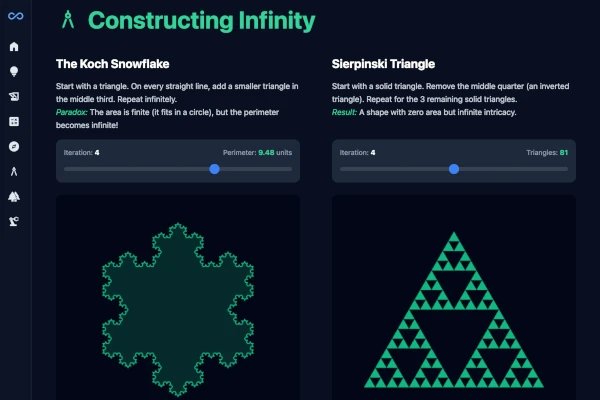Unlike static web pages and canned responses, generative UI harnesses the power of AI, specifically Google’s Gemini 3 Pro model to interpret requests and generate unique web pages, applications, tools, and games on demand. Ask for “math games for kids” or “a quick project planner,” and the system creates a bespoke, visually engaging experience tailored just for you. Google is introducing generative UI in two key areas: the Gemini app and Google Search (AI Mode), both available as experimental features. In the Gemini app, users access “dynamic view” and “visual layout,” which deliver fully interactive responses from educational science models to business social posts generated directly from their prompts. Meanwhile, Google Search’s AI Mode enables live, on-demand visual content such as simulations and interactive guides. For example, if you ask, “Show me how RNA polymerase works,” you’ll receive a dynamic, interactive breakdown with side-by-side visuals for different cell types, all generated instantly with no manual coding required.
Example of AI Mode in Google Search with the prompt, “show me how rna polymerase works. what are the stages of transcription and how is it different in prokaryotic and eukaryotic cells”. Credit: Google Generative UI is both flexible and brand-conscious. Users can request playful themes or professional layouts, while developers still have the power to enforce brand guidelines, ensuring interfaces remain both unique and consistent. This adaptability means every experience can be personal, purposeful, and visually coherent. Checkout the demo projects on the official project page https://generativeui.github.io/ Feedback from Google’s studies is clear: users overwhelmingly prefer generative UI outputs over standard AI responses like plain text or markdown. While human-designed sites remain the gold standard, generative UI experiences come surprisingly close, with a noticeable advantage over traditional AI outputs. Google’s PAGEN dataset benchmarks show that the more capable the underlying AI, the more effective generative UI becomes. Generative UI is an exciting leap forward, but there’s room to grow. Current limitations include generation speed and the occasional inaccuracy, but Google is actively researching solutions. Future improvements will likely bring faster responses, smarter context adaptation, and seamless integration of new tools, pushing interfaces to be even more immersive and responsive. Google’s generative UI ushers in a new era where your interface is shaped in real time to match your needs. By merging powerful AI, coding, and design, Google is pioneering digital experiences that are as dynamic and individualized as the questions you ask. The future promises interfaces that aren’t just chosen, but created just for you, in the moment.Where You’ll See Generative UI First
Balancing Flexibility With Design Consistency
User Feedback and Performance Insights
Looking Ahead: Opportunities and Challenges
Takeaway
Source: Google Research Blog | Research Paper
Get All The Latest to Your Inbox!
Thanks for registering!
Advertise Here!
Gain premium exposure to our growing audience of professionals. Learn More
in News
Joshua Berkowitz
November 20, 2025
Tags
Our latest content
Check out what's new !
Your Dynamic Snippet will be displayed here... This message is displayed because you did not provide both a filter and a template to use.
Most Popular Articles
Check out what the hot topics are!
Your Dynamic Snippet will be displayed here... This message is displayed because you did not provide both a filter and a template to use.




Google's Generative UI Is Redefining Digital Experiences for Every User Prompt